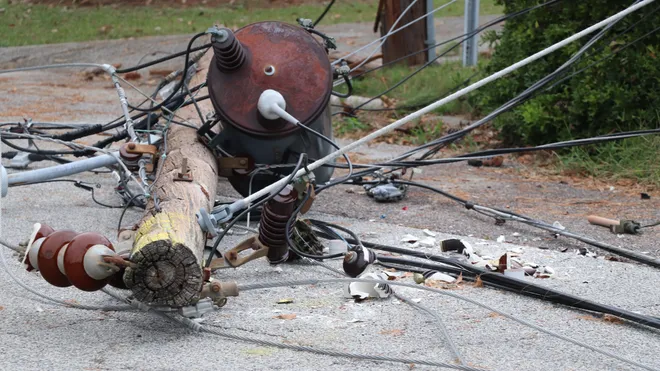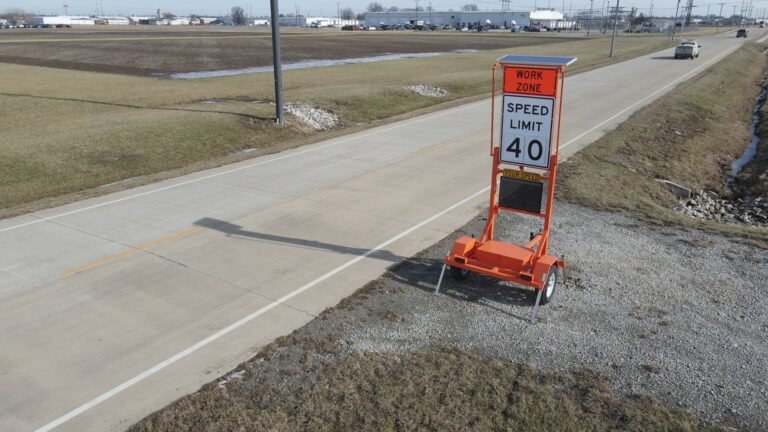Augusta Prepares as Hurricane Season 2025 Heats Up in August
GEORGIA – After a slow start, hurricane activity in the Atlantic is forecast to ramp up significantly this August, potentially affecting regions like Augusta with high winds, rainfall, or even drought depending on storm tracks.
Mid-August Marks Peak Hurricane Conditions
Pam Knox, agricultural climatologist at the University of Georgia Extension, said mid-August through late October marks the heart of hurricane season. Recent atmospheric models show that the waves coming off Africa are more likely to develop into storms as the dust from the Sahara declines and ocean waters warm — both key factors in tropical storm formation.
“We have had three named storms so far, which is a little ahead of average,” Knox said. “But those were all weak storms that only lasted a short time and had very little impact on Georgia.”
The three named storms this year — Andrea, Barry, and Chantal — reflect an early but light season. However, with ocean temperatures rising and Saharan dust decreasing, conditions are primed for stronger storms moving forward.
What to Expect in Augusta This Hurricane Season
Although Augusta is not located directly on the coast, it’s not immune to hurricane impacts. Knox explained that storms that come close can bring strong winds and heavy rain, while storms that veer north or skirt the coast can result in unexpected dry conditions due to atmospheric changes.
“If a storm moves over South Carolina and towards the north, Augusta could see sunny skies and dry conditions,” Knox said. “This happened with Hurricane Matthew a few years ago and led to an increase in drought.”
There’s also the possibility of more destructive impacts if a stronger storm takes a direct path — as seen with Hurricane Helene last year, which caused significant power outages and damage in the region.
Sea Temperatures and Storm Energy Rising
State climatologist Bill Murphey of the Georgia Environmental Protection Division highlighted that late summer to early fall brings the highest sea surface temperatures, giving storms more energy to intensify. This rise in heat helps fuel tropical waves that develop into major storms across the Atlantic basin.
“You’ve got more energy, what’s called a parameter — they accumulate cyclone energy — more energy for storms to develop,” Murphey said.
With 16 named storms predicted this season — above the annual average of 14.4 — and several months still ahead, coastal and inland communities must stay alert.
Emergency Preparedness Tips for Families
Frank Alsheimer, acting meteorologist at the National Weather Service in Columbia, South Carolina, urged residents to prepare now, even if the threat still feels distant.
“Hurricane season ends Nov. 30,” he said. “But we recommend everyone have a hurricane kit ready.”
Recommended hurricane kit essentials include:
- Battery-operated flashlights
- Battery-powered radios
- Extra batteries
- Non-perishable food
- Fresh water (at least one gallon per person per day for three days)
As Augusta learned during Hurricane Helene, even regions not on the coast can suffer prolonged power outages and other storm disruptions.
What Do You Think?
Do you feel prepared for this year’s hurricane season? Have you experienced major storm impacts in Augusta or nearby areas in recent years? Share your thoughts with the Saluda Standard-Sentinel community at saludastandard-sentinel.com.







